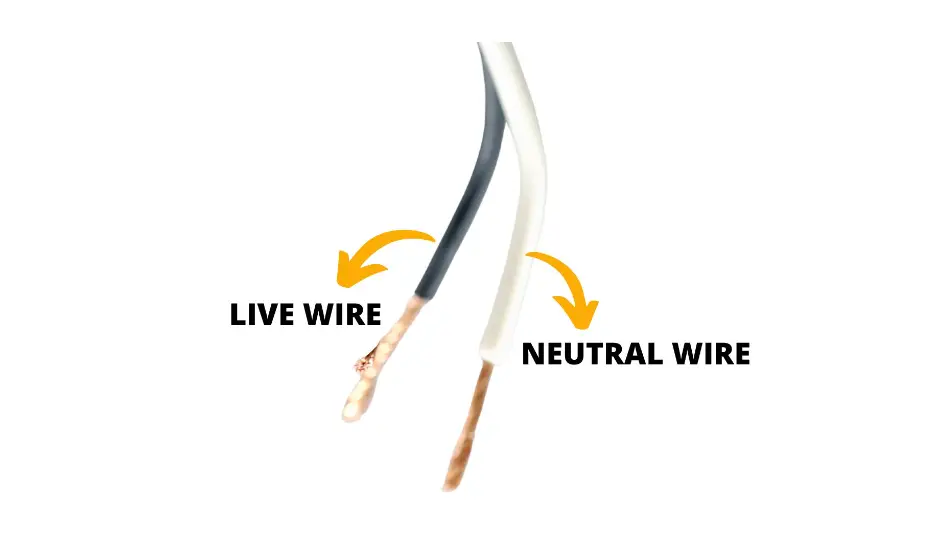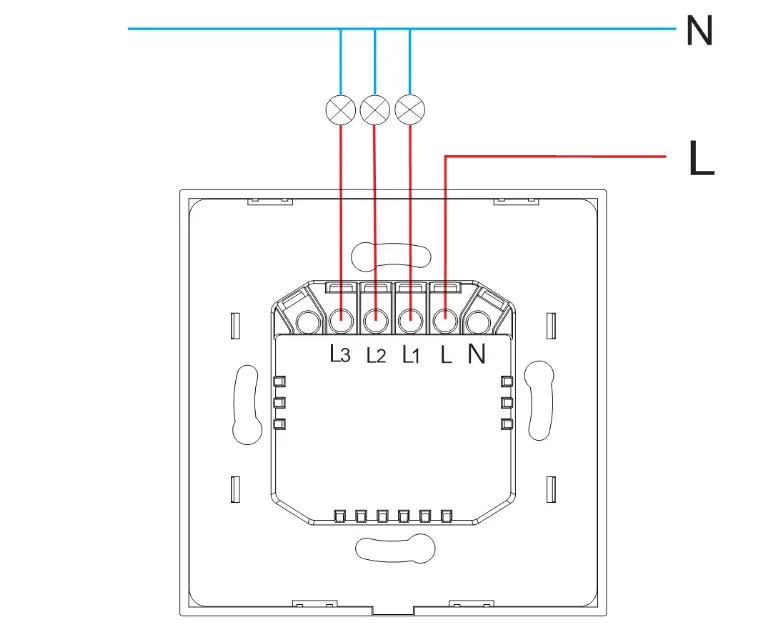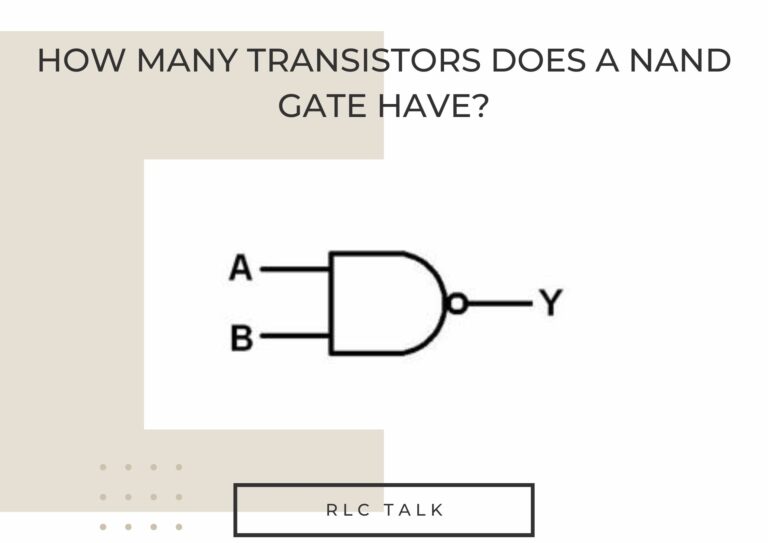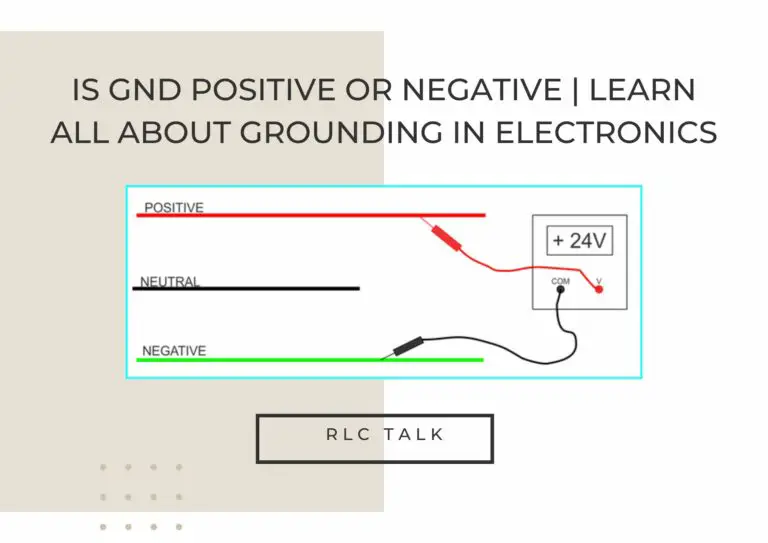What Does L and N Mean in Electrical Wiring: Understanding Polarity and Safety
In electrical wiring, L stands for Live, and N stands for Neutral. L represents the wire carrying current from the power source, typically marked with black or red insulation. N completes the circuit and is typically marked with white or light-colored insulation.
This article will delve into the meaning of L and N in electrical wiring, their significance in AC power supply, safety considerations, and practical applications.
Understanding L and N in Electrical Wiring

L and N refer to specific designations in electrical wiring, representing important aspects of the electrical system. L stands for Live, while N stands for Neutral. These markings play a crucial role in establishing the polarity of the electrical connections.
L and N in AC Power Supply
In an AC (alternating current) power supply system, L and N serve different purposes:
Live (L) wire
The Live wire carries the current from the power source to the electrical device. It is typically marked with black or red insulation. The Live wire delivers the electrical energy required for the device to function.
Neutral (N) wire
The Neutral wire completes the circuit by providing a path for the current to return to the power source. It is typically marked with white or light-colored insulation. The Neutral wire is essential for ensuring proper operation and safety.
Practical Applications and safety considerations
Identifying the L and N connections is essential when working with electrical devices. Manufacturers often label the wires or provide clear instructions to indicate which wire is the Live (L) and which is the Neutral (N). Paying attention to these markings and following the manufacturer’s guidelines for correct wiring is crucial.
Proper wiring techniques, such as using appropriate wire connectors, ensuring secure connections, and verifying the correct polarity, are essential for a safe and functional electrical system.
Safety Considerations
Proper wiring and adherence to the designated L and N connections are crucial for safety reasons. Reversing the L and N connections can lead to potential hazards, including electrical shock, equipment malfunction, and damage. Following wiring standards and guidelines is important to ensure correct polarity and prevent accidents.
What is L1 and L2 N in wiring?

In electrical wiring, L1 and L2 are designations for different power supply phases. L1 and L2 are Live wires that carry alternating current (AC) from the power source. They are commonly found in split-phase systems, where a single-phase power supply is divided into two separate phases. These designations help distribute the electrical load evenly across the system.
On the other hand, N refers to the Neutral wire, which completes the circuit and provides a return path for the current. It is important to follow proper wiring guidelines and ensure the correct connections of L1, L2, and N to maintain a safe and efficient electrical system.
Is common live or neutral?
In electrical wiring, the common wire is typically the Neutral wire. The Neutral wire completes the circuit and provides a return path for the current. It is generally connected to the grounded terminal at the electrical panel.
On the other hand, the Live wire carries the current from the power source to the electrical device. It is important to properly identify and differentiate between the Live and Neutral wires for safe and effective electrical installations.
How do I test if a wire is live?
To test if a wire is live, follow these steps:
- Ensure you use a voltage tester or multimeter specifically designed for electrical testing.
- Set the tester to the appropriate voltage range.
- Carefully touch the tester’s probe to the exposed part of the wire while keeping a safe distance from the conductor.
- If the tester indicates voltage or the multimeter displays a reading, it confirms that the wire is live and carrying electrical current. Always exercise caution and prioritize safety when performing live wire testing.
Copper For Electrical Wiring: The Science Behind It
rlctalk.com
Conclusion
Understanding the significance of L and N in electrical wiring is vital for anyone working with electrical systems. The Live (L) and Neutral (N) markings are crucial in establishing the polarity and ensuring safe and efficient electrical operation. By following proper wiring practices, adhering to manufacturer instructions, and prioritizing safety, you can ensure your electrical devices’ correct installation and functionality while minimizing the risk of hazards.







![What is Exposed electrical conduit? [Pros and Cons Included]](https://www.rlctalk.com/wp-content/uploads/2023/02/What-is-Exposed-electrical-conduit-Pros-and-Cons-Included-768x576.jpg)